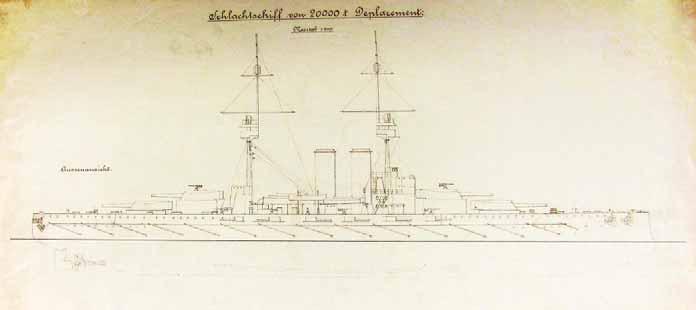them were sentenced to death and executed. Order and discipline – at least on the surface – were restored. In Hungary up to this day there exists a strong popular belief that Horthy was sent to Cattaro with the Third Battle Division as a special emissary to suppress the mutiny and the executions were ordered by him. This false story was invented by the Communist regime in the 1950s to blacken Horthy, the former Regent of Hungary.476 Emperor Karl appointed Admiral Archduke Karl Stephan to a special emissary making investigations of the causes of the mutiny and to recommend changes for the future.477 One of the results of Cattaro’s and Karl Stephan’s report was the change of the command system of the Navy. The Marinekommandant and Flottenkommandant, Admiral Njegovan was forced to retire. It was offered to him to formally retire on his own request which he accepted. Emperor Karl resumed the command of the Navy personally. He was represented by Vizeadmiral Karl von Keil, who was appointed to “Admiral zur Disposition der allerhöchsten Oberbefehls” (Admiral at the disposition of the High Command). Karl wanted a young, energetic admiral as the commander of the fleet, so he promoted Linienschiffskapitän Miklós Horthy, the “Hero of the Battle of the Otranto Straits” to Kontreadmiral and appointed him Flottenkommandant, the commander of the active fleet on 27 February 1918.478 Horthy’s appointment caused great discontent among the senior admirals. Vizeadmiral Franz von Holub was appointed to the Chef der Marinesektion in Vienna. As Walter Wagner wrote in his book, the 1918 February reorganization of the command of the Navy, the separation of the administrative command from the operational command had an ad hoc nature and its main goal was to placate the senior admirals angry over the appointment of Horthy.479 Horthy as the commander of the active fleet was subordinated directly to the Emperor and had to ask the permission of Karl for all major fleet actions. The Sinking of the Szent István In the first months of his tenure Horthy executed a reorganization program, which included the transfer of officers and men, and the decommissioning many older warships. After these changes the ac-
tive fleet counted only the seven most modern battleships in Pola (Tegetthoff class, Radetzky class), and three older battleships in Cattaro (Erzherzog Karl class). In March 1918, the American Mediterranean commander, Vice Admiral William Sims proposed an offensive action in the Adriatic to cut off the communication line between Pola and Cattaro, and to bottle up the German and Austro-Hungarian submarines. He planned an assault on Cattaro itself. The lack of available Allied soldiers, especially after the beginning of the German offensive on the Western Front (21 March) sealed the fate of these ambitious plans and all operations were cancelled.480 After the exit of Russia from the war the Dual Monarchy reached an agreement with Germany to undertake a new offensive against Italy, which was later called as the Second Battle of the Piave River. The start of the offensive was scheduled for end of May, so it would to be launched at roughly the same time with the second German assault on the Chemin des Dames in France. Later the date of the offensive was postponed several times; finally the date of 15 June was fi xed. The two army group commanders on the Italian front, Franz Conrad von Hötzendorf, the former Chief of Staff and Svetozar Boroević von Bojna, who had a dislike for each other, could not agree about the location of the attack. The Emperor and the new Chief of Staff, Arthur Arz von Straußenburg were unable to decide either, which led to a plan of an all-out frontal attack employing the Army all along the front. For such an offensive against the much better organized Italian defense system compared to the one in the previous year the Austro-Hungarian Army simply did not have enough strength. The matter was complicated by the lack of equipment, materiel and food. As it was predictable the offensive launched on 15 June collapsed within days due to strong Italian resistance and lack of supplies. By 23 June, the Italians recaptured all territories lost and the battle was over. The failure of the offensive marked the beginning of the end of the Austro-Hungarian Army and the multiethnic Empire itself. The Navy had its own plan for an attack in the first half of June. The target of the attack, the so called “Operation Korfu” was the Otranto Barrage again, but this time not only with light forces but with supporting battleships as well. Unfortunately, our knowledge is scarce about the genesis
— 137 —






























